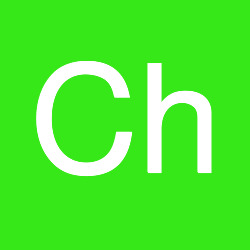Info
Feeds mainly on hard-shelled invertebrates including crustaceans, mollusks and sea urchins.
Synonyms:
Coris angulata Lacepède, 1801
Coris angulatus Lacepède, 1801
Coris cyanea MacLeay, 1883
Coris imbris Tanaka, 1918
Coris variegata Ramsay & Ogilby, 1887
Hemicoris cingulum (Lacepède, 1801)
Julis cingulum Valenciennes, 1839
Julis coris Valenciennes, 1839
Julis gibbifrons Quoy & Gaimard, 1834
Julis ruppelii Bennett, 1831
Julis semipunctatus Rüppell, 1835
Labrus aureomaculatus Bennett, 1830
Labrus cingulum Lacepède, 1801
Jumping guard
A jumping guard prevents (nocturnal) fish from jumping out.
Wrasses, blennies, hawkfishs and gobies jump out of an unprotected tank in fright if their night rest is disturbed, unfortunately these jumpers are found dried up in the morning on carpets, glass edges or later behind the tank.
https://www.korallenriff.de/en/article/1925_5_Jump_Protection_Solutions_for_Fish_in_the_Aquarium__5_Net_Covers.html
A small night light also helps, as it provides the fish with a means of orientation in the dark!







 François Libert, Frankreich
François Libert, Frankreich















































